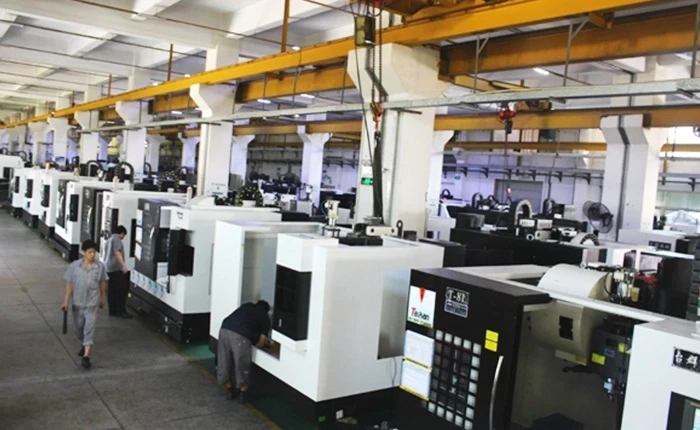sep . 21, 2024 20:02 Back to list
horizontal ball check valve
Understanding Horizontal Ball Check Valves
Horizontal ball check valves are integral components in various fluid systems, primarily used to prevent backflow in pipelines. Their design is straightforward yet effective, making them popular in many industrial applications, including water treatment plants, chemical processing, and HVAC systems.
A horizontal ball check valve operates using a simple mechanism. Inside the valve, there is a spherical ball that sits in a seat. When fluid flows in the intended direction, the ball is pushed away from the seat, allowing the fluid to pass through. Conversely, when the flow reverses, the ball is pushed back into the seat, creating a tight seal that prevents backflow. This mechanism ensures that the system maintains its integrity and efficiency by preventing contamination and pressure loss.
One of the significant advantages of horizontal ball check valves is their ability to function effectively without external energy sources. They utilize the force of the flowing fluid to open and close, making them a reliable choice for many applications. Additionally, their simple design results in minimal pressure drop across the valve, which is crucial in maintaining system efficiency.
horizontal ball check valve

Material selection for horizontal ball check valves is essential, as they must withstand various fluid types and environmental conditions. Common materials include brass, stainless steel, and plastic, each offering different levels of corrosion resistance and durability. The choice of material depends on the specific application and the nature of the fluid being transported.
Installing horizontal ball check valves is relatively straightforward, but proper orientation is crucial for optimal operation. They must be installed in a horizontal position to ensure that the ball moves freely and operates correctly. Regular maintenance and inspection are also essential to ensure that the valve functions as intended, particularly in systems where backflow can significantly impact performance.
In conclusion, horizontal ball check valves are vital for maintaining fluid system integrity. Their simple yet effective design, combined with the ability to prevent backflow without external power, makes them an indispensable component in various applications. Understanding their operation, material selection, and proper installation can enhance system performance and longevity, ensuring that fluid systems operate seamlessly and efficiently.
-
Why Metric Trapezoidal Thread is Ideal for Precision Motion ControlNewsAug.05,2025
-
The Unique Properties of a Block of Granite for Industrial UseNewsAug.05,2025
-
The Role of Flanged Y Strainers in Preventing Pipeline ClogsNewsAug.05,2025
-
The Importance of Regular Calibration for Master Ring GagesNewsAug.05,2025
-
How a Cast Iron Surface Table Enhances Accuracy in ManufacturingNewsAug.05,2025
-
Comparing Different Check Valve Types for Optimal Flow ControlNewsAug.05,2025
Related PRODUCTS









